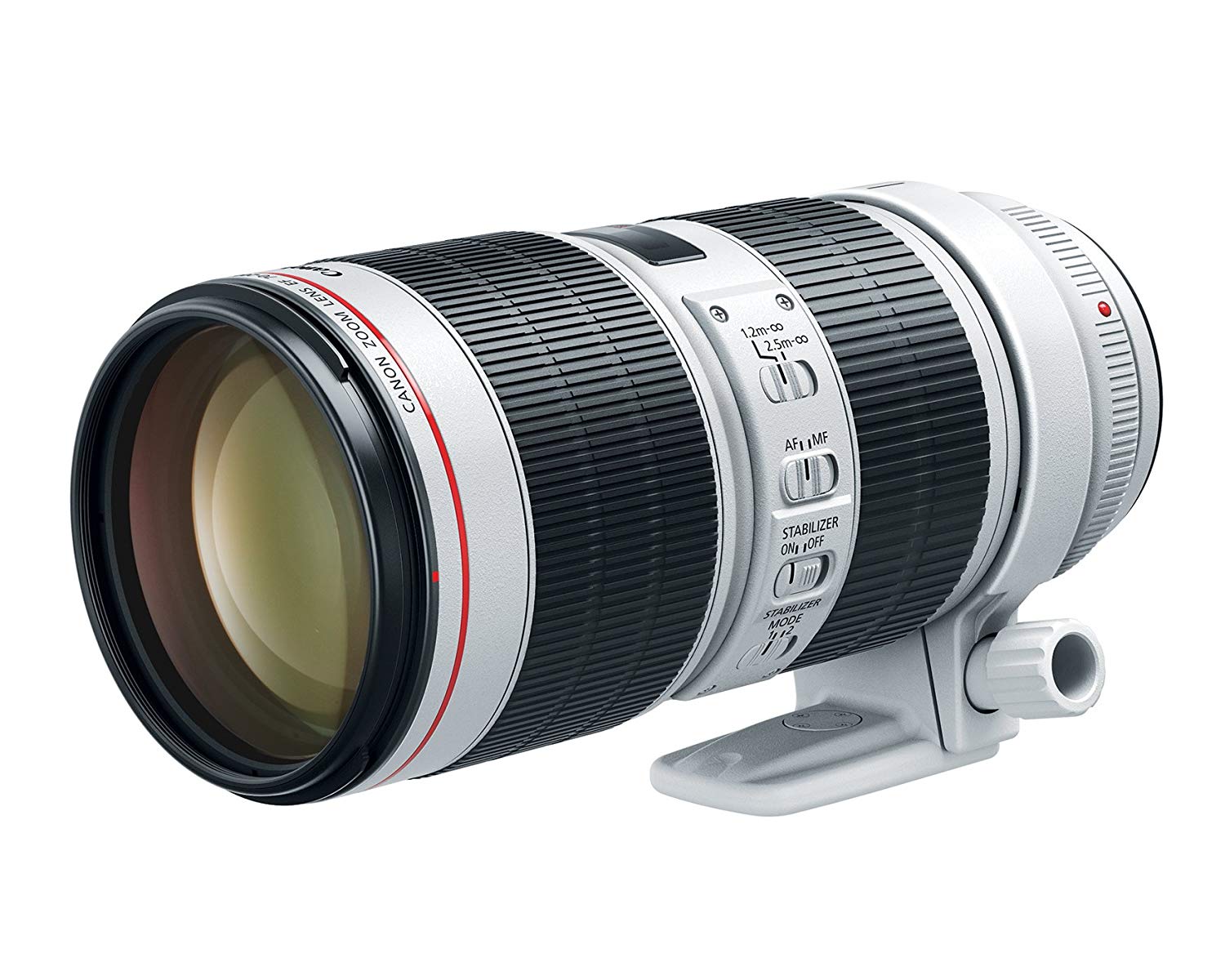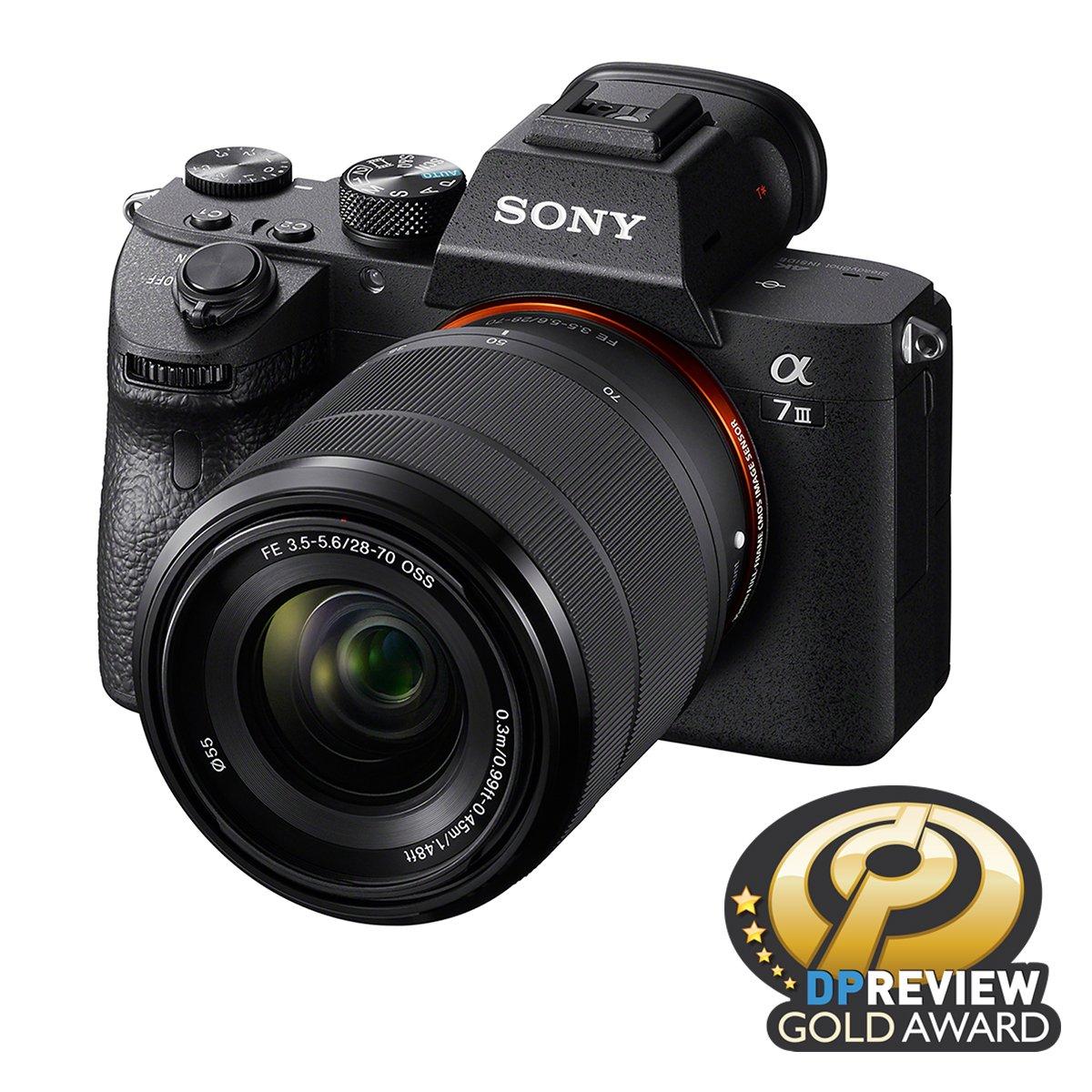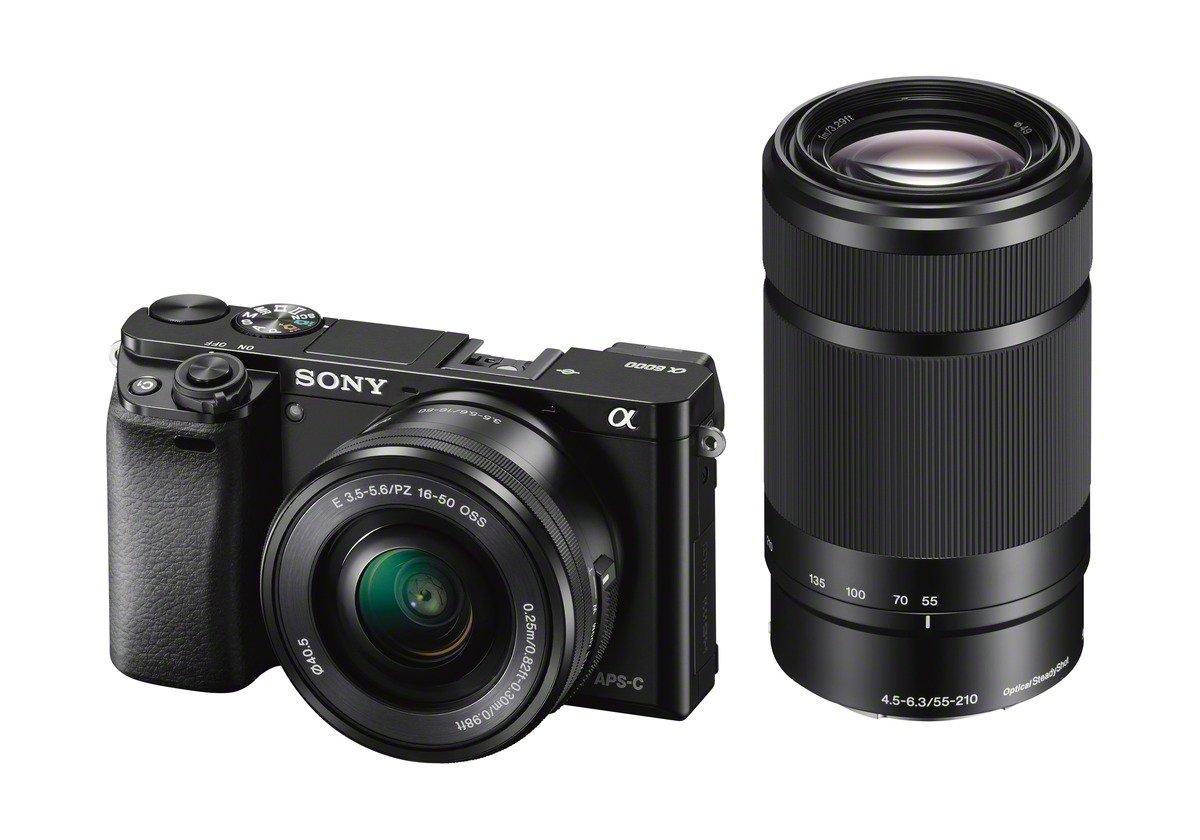Canon EOS Rebel SL3 / EOS 250D review
Canon EOS Rebel SL3 / EOS 250D review
We rate the old EOS Rebel SL2 / EOS 200D as one of the best beginner cameras ever, so does its successor do even better?
OUR VERDICT
There are two less expensive DSLRs in the Canon go than this one – the EOS Rebel T100/4000D and the EOS Rebel SL7/EOS 2000D – however, we figure this EOS SL3/250D is a superior purchase than them two. It costs more, however, it merits paying the extra. The two less expensive Canons are worked down to a cost and need highlights you're in all likelihood going to need later, while the Rebel SL3/250D has Canon's top APS-C sensor, excellent Live View self-adjust and 4K video in the ideal bundle for amateurs.
Group's DSLR extend is by all accounts experiencing a period of solidification instead of mechanical headways, which is an amenable method for saying that it hasn't done anything particularly new for some time. The new EOS Rebel SL3/EOS 250D fits in that classification, with Canon utilizing advances we've just observed in other Canon cameras to revive the current EOS Rebel SL2/EOS 200D.
Be that as it may, fledglings won't think about any of this. They'll just mind what this camera costs, what it does and whether it's appropriate for them. Furthermore, paying little mind to what you may consider Canon's specialized advancement (or absence of it), it's made a decision about the EOS Rebel SL3/EOS 250D practically to flawlessness.
Novices and new DSLR clients needn't bother with the most recent tech, they simply need and moderate, a compelling camera that is anything but difficult to utilize and conveys the products. Furthermore, Canon has essentially got that nailed. We as of now consider the current Rebel SL2/EOS 200D to be perhaps the best camera for apprentices at the present time, also a standout amongst other DSLR cameras, so its substitution can barely put a foot off-base, isn't that so?
SPECIFICATIONS
Sensor: 24.1MP APS-C CMOS, 22.3 x 14.9mm
Picture processor: DIGIC 8
AF focuses: 9-point stage discovery (viewfinder), xxx
ISO extend: 100 to 25,600 (exp. 51,200)
Max picture size: 6,000 x 4,000
Metering modes: Evaluative, Center-weighted, Spot, Partial
Video: 4K UHD at 60p, 50p, 30p, 25p, 24p
Viewfinder: Optical pentamirror, 95% inclusion, 0.87x amplification
Memory card: SD/SDHC/SDXC (UHS I perfect)
LCD: 3-inch vari-point touchscreen, 1.04m spots
Max burst: 5fps
Availability: Wi-Fi, Bluetooth
Size: 122.4 x 92.6 x 69.8mm (body as it were)
Weight: 451g (body just, with battery and SD card)
KEY FEATURES
The group is pitching the EOS Rebel SL3/250D as the world's lightest DSLR with a portable screen. There are mirrorless cameras littler than this one, no doubt, yet to the extent, DSLRs go, Canon is very right. The main thing purchasers need to recall is that for the present the more established EOS Rebel SL2/200D is still at a bargain, similarly as little, and prone to be less expensive than its substitution. So what are the key contrasts? Our Canon EOS 250D versus EOS 200D/Rebel SL3 versus Rebel SL2 article explains them inside and out.
In spite of the discussion around DSLRs versus mirrorless cameras, the DSLR configuration still has a ton of making it work. DSLRs are chunkier and simpler to hold than most apprentices orientated mirrorless cameras, they have clear optical viewfinders which many still lean toward over computerized variants, and the batteries last much longer since they're not persistently fueling an advanced showcase.
The ordinance is going for a similar section level market, however, with a mix of simple to use effortlessness, a Guided (UI) to walk new clients through the nuts and bolts of photography, and a Creative Assist mode for increasingly brave photographic impacts. Hidden this is all the manual control you'd expect in a DSLR, so when you're prepared to proceed onward to progressively manual systems, the EOS Rebel SL3/250D can remain directly with you.
The Canon EOS Rebel SL3/250D has Dual Pixel CMOS AF that is so viable in Live View mode it resembles utilizing a mirrorless camera!
Inside is a 24.1-megapixel APS-C sensor of a sort we find in heaps of Canon cameras and comparative in size and goals to those utilized by contending Nikon, Sony and Fujifilm cameras, similar to the Nikon D5600, Sony A6400, Fujifilm X-T100, and even Canon's own mirrorless EOS M50. Here, it's coordinated with Canon's most recent DIGIC 8 processor, which gives the new camera better picture quality at high ISO settings than the more established EOS Rebel SL2/200D, further developed live view self-adjust and 4K video, without precedent for a DSLR at this cost.
In case you're utilizing the viewfinder, the Canon offers an essential yet successful 9-point self-adjust framework. That is not much by the present principles, however, the center focuses are spread equitably crosswise over the greater part the width and stature of the edge, they're unmistakably stamped and it's a straightforward arrangement for tenderfoots to become acclimated to.
The Live View self-adjust is significantly more advanced. It utilizes Canon's very own Dual Pixel sensor innovation, which parts each photosite on the sensor in two so as to check separation utilizing a similar stage location self-adjust standard utilized by DSLRs. It's quicker than the traditional 'differentiate AF' utilized by numerous sensors in live view. In the Rebel SL3/250D, there are no less than 3,975 clients selectable AF directs concealing toward 88% of the edge width and 100% of the stature, contingent upon the focal point utilized.
The vari-point touchscreen show makes the EOS Rebel SL3/EOS 250D impeccably natural for cell phone upgraders, not simply customary camera clients.
This present camera's other key highlights are its 3-inch vari-point touchscreen show and inherent Wi-Fi and Bluetooth for remote picture move to a cell phone or tablet.
BUILD AND HANDLING
The Rebel SL3/EOS 250D is little for a DSLR, particularly in width and weight. The DSLR configuration implies the body must be thicker to suit the mirror, and keeping in mind that the Canon 18-55mm f/4-5.6 IS STM unit focal point is really minimized, it is anything but a withdrawing type, so the mix of the thick camera body and focal point makes the Canon a great deal 'longer' than rival mirrorless cameras like the Fujifilm X-T100. It's positively reduced for a DSLR, however, it's significantly greater than a mirrorless model.
The body has a decent measured grasp, making the Canon simple and secure to hold one-gave. The body has a marginally plasticky feel, yet that is counterbalanced by excellent handles and dials – particularly the fundamental mode dial and power on/off switch, which has a third position for entering the video mode.
Little for what it's worth, the Canon EOS Rebel SL3/250D has a stout body and a non-withdrawing unit focal point. It's little for a DSLR, yet mirrorless cameras are littler.
The viewfinder is somewhat littler than normal for a DSLR on the grounds that it utilizes a less expensive 'pentamirror' plan instead of the typical pentaprism, yet it's brilliant and sharp and the self-adjust focuses and shooting data show up plainly.
The vari-point screen on the back is brilliant. You change to Live View by squeezing a catch on the back of the camera and you would then be able to utilize the touch control to set the center point and change camera settings. It's sharp, beautiful and clear and the touch reaction is top-notch. Aside from the mechanical commotion when the mirror is flipped up to enter Live View mode, this is much the same as utilizing a mirrorless camera, as the self-adjust reaction is similarly as fast.
It's fascinating that while numerous individuals are remarking on how mirrorless cameras are getting superior to DSLRs, Canon has planned a DSLR to coordinate mirrorless cameras for the very thing they're intended to do best – live view photography.
You can flip the back screen out to utilize it at any edge, crease it back against the camera confronting outwards to show settings and picture data, or overlay it so it's confronting inwards for assurance, and simply utilize the viewfinder to create and shoot your photos.
The body has a marginally plasticky feel, however, the catches and dials feel top of the line.
A portion of the minor catches feel somewhat little and the back four-way control cushion is unquestionably on the little side, squashed in the middle of the LCD show and the edge of the camera. In any case, given the Rebel SL3/250D's little size, Canon has worked admirably of discovering space for its outer controls while as yet giving them space to move around.
It's somewhat irritating that you need to open the battery entryway on the base of the camera to get to the memory card space as opposed to having a different entryway in the side of the camera, yet this is normal in cameras in this value section, and it's just an issue in the event that you need to swap memory cards while the camera is on a tripod.
PERFORMANCE
On the off chance that you were shooting sports and following quick moving items you'd need a more modern self-adjust framework than the 9-point AF in the Rebel SL3/250D, yet despite the fact that it can keep up a sensible 5 edges for each second persistent shooting speed, it isn't so sort of camera, and for regular photography the self-adjust framework is fine.
It's far and away superior in Live View mode, where Canon's most recent Dual Pixel CMOS AF framework dominates and conveys self-adjust speeds which feel significantly quicker. You can pick between subject-following AF mode, Spot AF, Single-point AF, and Zone AF, in either single-shot mode or consistent Servo AF mode.
It's far and away superior in Live View mode, where Canon's most recent Dual Pixel CMOS AF framework dominates and conveys self-adjust speeds which feel significantly quicker. You can pick between subject-following AF mode, Spot AF, Single-point AF, and Zone AF, in either single-shot mode or consistent Servo AF mode.
The Live View self-adjust is quick and smooth, however, in 4K video mode, you lose the Spot AF and Zone AF alternatives.
You change from stills photography to video utilizing a third position on the primary power switch. The camera naturally enters Live View mode (you can't shoot video utilizing the viewfinder on a DSLR in light of the fact that the mirror is bolted up) and changes to nonstop self-adjust mode.
4K video is a major selling point on this camera, however, you do see a few confinements when you change from full HD (1080) catch to 4K. To start with, there's a critical 'crop factor' in 4K mode, which implies your focal point's edge of view viably becomes smaller. This is normal on Canon cameras and keeping in mind that you do rapidly become acclimated to it, it means you may need to step back to recompose your shot.
Different constraints are that you can never again utilize the Spot AF and Zone AF modes, yet the Subject Tracking and Single-Point AF are apparently all you need in any case, and the camera works admirably of pursuing subjects around the casing once the self-adjust has bolted on.
Centering in the video mode isn't immediate, however with the Canon STM (venturing engine) pack focal point it is smooth and quiet, giving pleasant center advances between various subjects and separations as opposed to unexpected, jerky developments.
We've tried numerous other Canon cameras with this sensor, or close family members, so lab results offered no genuine amazement. In contrast to some other camera creators, Canon still uses low-pass channels before its sensors to diminish the danger of 'moiré' relics, so the goals are somewhat lower than the Nikon D5600, which doesn't have one of these channels (they do present a slight haze).
The Canon's dynamic range – it's capacity to catch detail in exceptionally splendid and dull territories – is about normal, while its commotion levels at high ISO settings are quite great, and superior to the more established Rebel SL2/EOS 200D. We put that down to the more up to date DIGIC 8 processor.
By and large, the Rebel SL3/EOS 250D is an extremely skilled, if unexceptional entertainer, and effectively sufficient for its intended interest group of novices and cell phone upgraders.
Be careful with less expensive focal point packs offered by certain retailers – the Canon 18-55mm f/4-5.6 IS STM focal point is the best unit focal point for this camera.
LAB RESULTS
We ran our full suite of lab tests on the EOS Rebel SL3/EOS 250D and contrasted them and the outcomes from three major adversaries: the Olympus OM-D E-M10 Mark III, Nikon D5600, and Fujifilm X-T100.
Goals:
As the two of them pack 24MP sensors, it's nothing unexpected that the EOS 250D and Fujifilm X-T100 are indistinguishably coordinated for picture sharpness. The peculiarity is the 24MP Nikon D5600, which at sensitivities up to ISO 1600 is performing past what its specs would propose. This is likely done to Nikon's marginally increasingly loosened up commotion decrease preparing, which altogether blocks its sign to clamor score (above) because of additional grain, yet the result is dangerously sharp picture quality and somewhat better fine detail maintenance.
Sign to clamor proportion:
This test quantifies the clearness of pictures at every one of the camera's ISO affectability settings – the less commotion/grain in a picture, the better the score. The EOS 250D does well here, delivering the cleanest pictures of the gathering at lower sensitivities, and just trailing the Olympus E-M10 III just barely at ISO 3200 or more.
In spite of the fact that the EOS 250D likely uses a similar sensor as in the 200D, just as more seasoned cameras like the 800D, the new DIGIC 8 processor in the 250D has improved the camera's sign to commotion execution, as it scores around 5% superior to anything the 200D at every affectability setting.
This test quantifies the clearness of pictures at every one of the camera's ISO affectability settings – the less commotion/grain in a picture, the better the score. The EOS 250D does well here, delivering the cleanest pictures of the gathering at lower sensitivities, and just trailing the Olympus E-M10 III just barely at ISO 3200 or more.
In spite of the fact that the EOS 250D likely uses a similar sensor as in the 200D, just as more seasoned cameras like the 800D, the new DIGIC 8 processor in the 250D has improved the camera's sign to commotion execution, as it scores around 5% superior to anything the 200D at every affectability setting.
Dynamic range:
The EOS 250D is prepared to do fundamentally the same as a powerful range to its 24MP APS-C Canon DSLR stablemates at lower ISO sensitivities, however, that new DIGIC 8 processor has imperceptibly improved unique range at ISO 800 or more. It's as yet insufficient to exceed the Fujifilm X-T100, not to mention the forceful Olympus E-M10 III, however, the EOS 250D conveniently beats its primary DSLR rival from Nikon.
VERDICT AND COMPETITION
There are two less expensive DSLRs in the Canon go than this one – the EOS Rebel T100/4000D and the EOS Rebel SL7/EOS 2000D – yet we figure this EOS SL3/250D is a superior purchase than them two. It costs more, yet it merits paying the extra. The two less expensive Canons are worked down to a cost and need highlights you're more likely than not going to need later, while the Rebel SL3/250D has Canon's top APS-C sensor, excellent Live View self-adjust, and 4K video and is the ideal DSLR for novices.
We like the Canon EOS Rebel SL3 however it's not by any means the only minimal effort amateur cordial camera available. Shouldn't something be said about its adversaries?
However, it's by all account, not the only decision, particularly in case you're set up to think about different brands, and mirrorless as opposed to DSLR camera structures. Here are three cameras we believe are key adversaries for the EOS Rebel SL3/250D.
However, it's by all account, not the only decision, particularly in case you're set up to think about different brands, and mirrorless as opposed to DSLR camera structures. Here are three cameras we believe are key adversaries for the EOS Rebel SL3/250D.
Olympus OM-D E-M10 Mark III
The Olympus OM-D E-M10 Mark III uses a littler Micro Four Thirds sensor with 16 million pixels. It can't exactly coordinate the goals of the Canon, however, it comes really close, and its dynamic range and clamor execution are incredible. Its body is significantly littler than the Canon's and its super-thin 14-42mm 'flapjack' unit focal point is even littler. The Olympus shoots 4K video, has a brilliant in-self-perception adjustment framework, offers further developed shooting choices for fans and accompanies a wide determination of imaginative Art Filters.
The Olympus OM-D E-M10 Mark III uses a littler Micro Four Thirds sensor with 16 million pixels. It can't exactly coordinate the goals of the Canon, however, it comes really close, and its dynamic range and clamor execution are incredible. Its body is significantly littler than the Canon's and its super-thin 14-42mm 'flapjack' unit focal point is even littler. The Olympus shoots 4K video, has a brilliant in-self-perception adjustment framework, offers further developed shooting choices for fans and accompanies a wide determination of imaginative Art Filters.
















0 comments